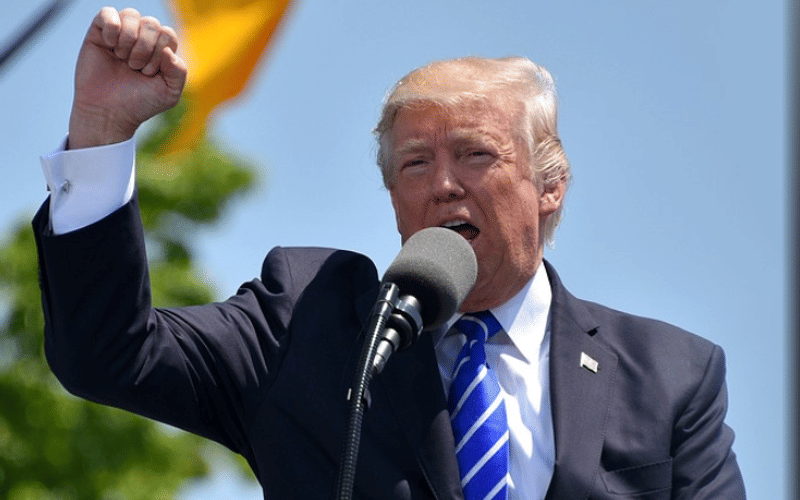US pharma tariffs: Indian pharma packaging needs to weigh options
The Union Health Ministry held discussions last week, weighing options to safeguard the Indian pharmaceutical industry from potential tariffs that may be imposed by US president Donald Trump. Nine critical active pharmaceutical ingredients (APIs), or core medication compounds, were highlighted during the discussion. These APIs appear on both India’s and the US’s essential and drug shortage lists. The list includes Epinephrine, Methylprednisolone, Vancomycin, Penicillin G, Clindamycin, Dexamethasone, Rifampicin, Acyclovir, and Ampicillin—commonly used in the treatment of bacterial and other inf
24 Apr 2025 | By Prabhat Prakash
During a meeting with ministry officials, representatives from the Indian pharma sector underlined the need for a bilateral agreement with the US. This move has ramifications for the Indian pharma industry suppliers too. A major pharma printer based in Gujarat acknowledged that likely US tariffs on the pharmaceutical sector would slow down investment.
Meanwhile Indian drug producers have welcomed Trump tariff exemption. Indian pharmaceuticals producers, among the country’s biggest exporters welcomed the Trump administration’s decision to exempt them.
Simultaneously, the government has been apprised of the challenges involved in setting up manufacturing units in the US. Industry experts estimate that the cost of manufacturing in the US could be 3.5 times higher than in India, with a setup period of four to five years. They have also pointed out that such a move is not economically viable.
One of the options under consideration is the implementation of a fixed tariff regime on pharmaceutical exports to the US. This would involve a tariff commitment at a predetermined rate for a defined number of years, as opposed to a potentially damaging blanket tariff rate.
The Indian pharma industry has also called for a tariff waiver on US pharma imports to India, in a bid to maintain bilateral trade harmony and exclude the Indian sector from tariff exposure. The stakes are high—31% of Indian pharmaceutical exports in FY24 were destined for the US, and Indian companies account for more than 45% of the generic drugs sold in the US. A tariff hike could have a significant impact on India’s pharma export business.
Currently, India levies a 10% tariff on pharma imports from the US, while the US does not impose any such tariff on Indian imports. Several rounds of discussions have taken place. During a recent visit to India, US vice president JD Vance met with prime minister Narendra Modi. Following the meeting, US trade representative Jamieson Greer announced that India and the US have reached the terms of reference outlining the roadmap for negotiations of the proposed bilateral trade agreement (BTA). A detailed official announcement is awaited from both governments.
Another point of discussion is the US’s concern about importing nutraceuticals, the Indian government is considering amendments to the current rulebook. The United States Trade Representative (USTR) has highlighted how the Food Safety and Standards Authority of India’s (FSSAI) paperwork requirements hinder nutraceuticals, besides other food items, exports to India. The health ministry has been deliberating on hiving off therapeutic nutraceuticals from prophylactic nutraceuticals to bring in separate regulatory regimes.
The Health Ministry is reportedly considering separating therapeutic nutraceuticals from prophylactic ones, establishing distinct regulatory frameworks. Under this proposal, prophylactic nutraceuticals would remain under the FSSAI, while therapeutic nutraceuticals would come under the Central Drugs Standard Control Organisation (CDSCO), which functions under the Ministry of Health and Family Welfare.
According to the Ministry of Food Processing Industries, India's nutraceutical market is currently valued at USD 4–5 billion and is projected to grow to USD 18 billion by 2025. The sector is expanding rapidly due to growing health and fitness awareness in urban India. This growth potential has attracted attention from the US and other global players, making regulatory clarity a priority with significant commercial implications.


